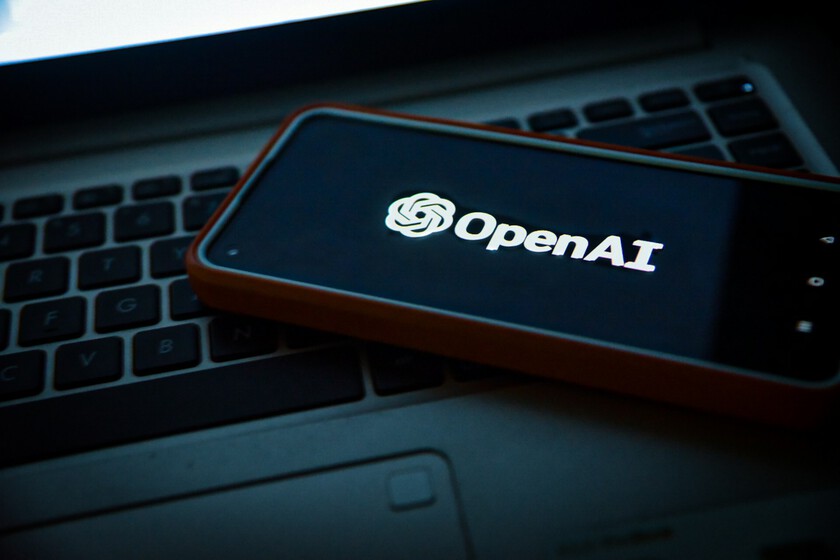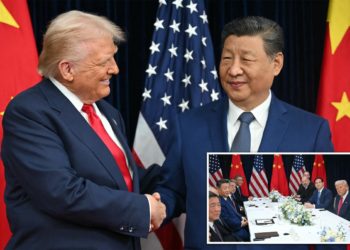- First came the Model S, a luxury product that showed what was possible but was accessible to only a few. It cost $80,000.
- Then came the Model 3, surprisingly powerful but at a price that expanded the market enormously: $35,000—less than half the price of the Model S but with 80% of its key features.
With o3 and o4-mini, OpenAI has made a similar move in the AI world.
- o4-mini costs just $1.10 per million tokens input and $4.40 per million tokens output.
- It delivers performance that rivals that of its big brother: 68.1% in the SWE-bench versus 69.1% for o3, which costs nearly 10 times as much.
This price/performance equation is no coincidence; it’s the strategy users have already seen. o4-mini is an “economical” product that democratizes premium features and greatly expands its potential market.
It outperforms Claude 3.7 Sonnet (62.3% in SWE-bench) while costing much less. It’s the best model in AIME 2024 and 2025 (elite math competitions), beating even larger systems.
The Tesla analogy is more evident when you see that o4-mini allows a ChatGPT Plus user ($20/month) to access features that previously required Pro ($200/month) or Enterprise (thousands) subscriptions.
The masterstroke comes in integration. o4-mini is the first “mini” model capable of using all ChatGPT tools: web browsing, running Python code, parsing, and generating images. With a single, affordable model, OpenAI addresses use cases that previously required paying multiple specialized vendors.
Specific examples:
- A startup that charges $50 a month for whiteboard diagram analysis is now competing with a system that charges $20 a month and does the same thing—plus solves math problems, schedules, and searches for information.
- Another company that sells assisted programming tools for $30 a month is up against an o4-mini that writes better code and visualizes data.
This explains why OpenAI released o4-mini even after initially announcing that it would integrate the technology directly into GPT-5. Competitive pressure from Claude 3.7 Sonnet and Grok 3 forced them to accelerate, and they’ve shown that they’re willing to cannibalize their premium products to maintain their dominant position.
This is reminiscent of what Apple did with the iPod: The company wasn’t afraid to integrate it into the iPhone, knowing that in five years, what once generated 40% of its revenue would evaporate. Evolve or die.
The key difference between the o4-mini and alternatives like Claude is clear. While others offer larger models that consume more resources, OpenAI has achieved a compact model with sufficient performance for almost any practical task.
Just as the Model 3 doesn’t need 370 miles of range when 220 is enough for most, o4-mini doesn’t need the last 5% of accuracy when it already solves 95% of everyday problems.
It’s not just a technology strategy. It’s an economy-of-scale strategy: With each new user, the marginal cost decreases while the competitive advantage increases. And like Tesla, when the competition tries to react by copying its approach, OpenAI is already announcing its next move.
Of course, like Tesla, the Chinese threat is unpredictable in the medium term.
Image | Levart_Photographer (Unsplash)
The post o4-mini Is Much More Than Just Another AI Model. It’s OpenAI’s Tesla Model 3 appeared first on Xataka On.




